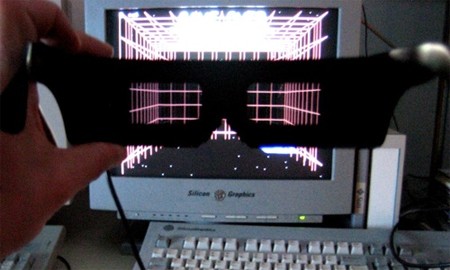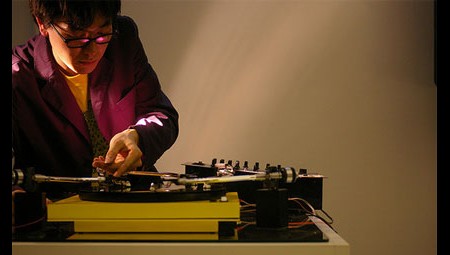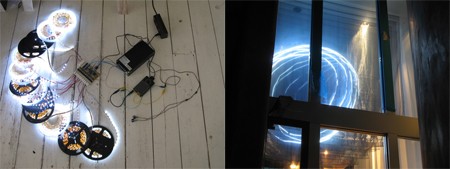Mozilla coder [Aza] is connected to the past and the present: he wanted to celebrate the release of Firefox 3, but pines for the days when one could use small amounts of code to make compelling art. As a way of addressing both things, he has released ContextFree.js, a javascript port of [Chris Coyne]’s Context Free Art. Users can visit Algorithm Ink, where they can draw various compelling designs with just a few lines of script. ContextFree.js compiles the scripts and turns them into visually arresting geometric designs. Users can also browse through designs made by others, easily save them as JPGs, or even modify them by adding their own bits of code. What’s more, it’s not out of the question to use this to generate random images on a website, creating a unique visual experience for every single visitor. You all know what we want to see, though: JavaScript gurus working some real magic with this. Better yet, said gurus can play around with the core open-source code and make something truly their own on the most fundamental level. Definitely check out the video above to get an idea of how easy this is.
[via Waxy]
















